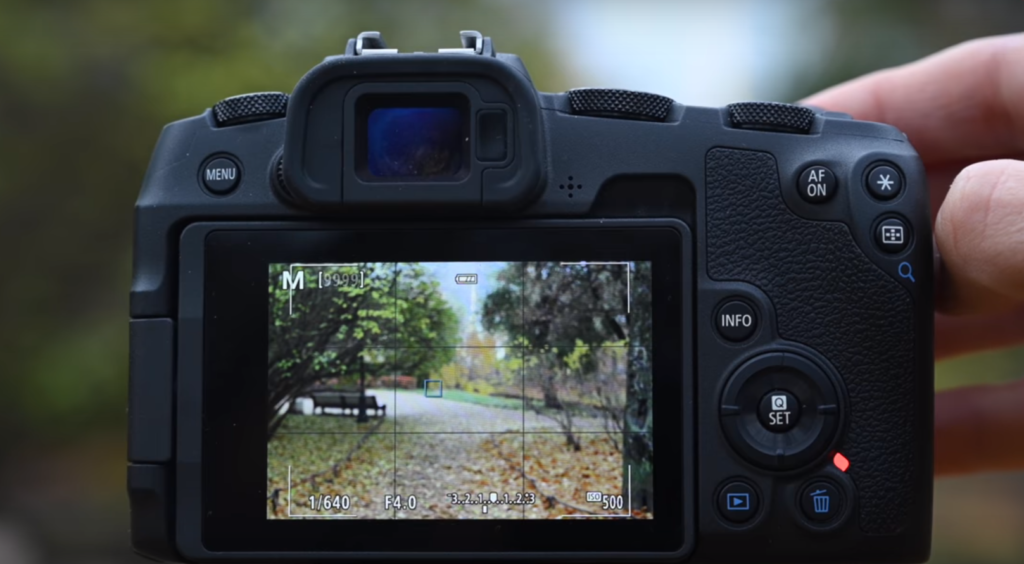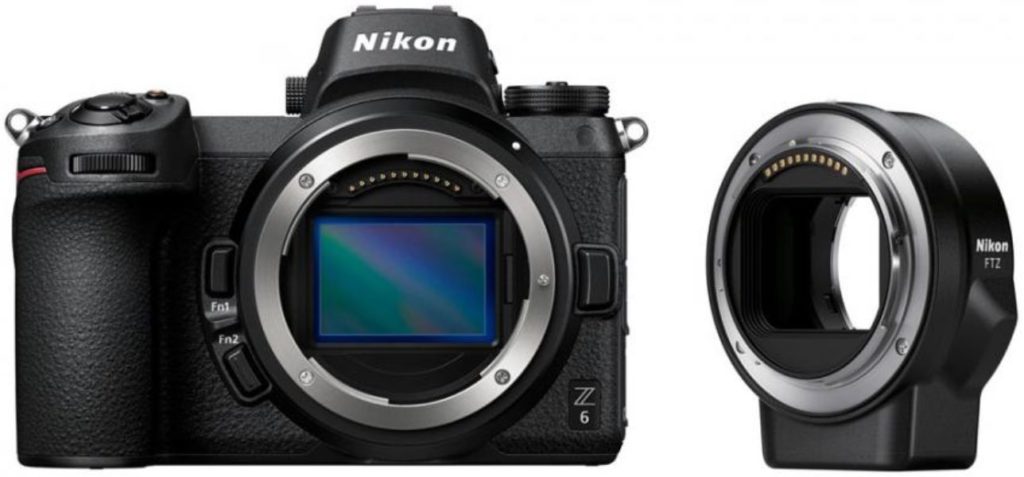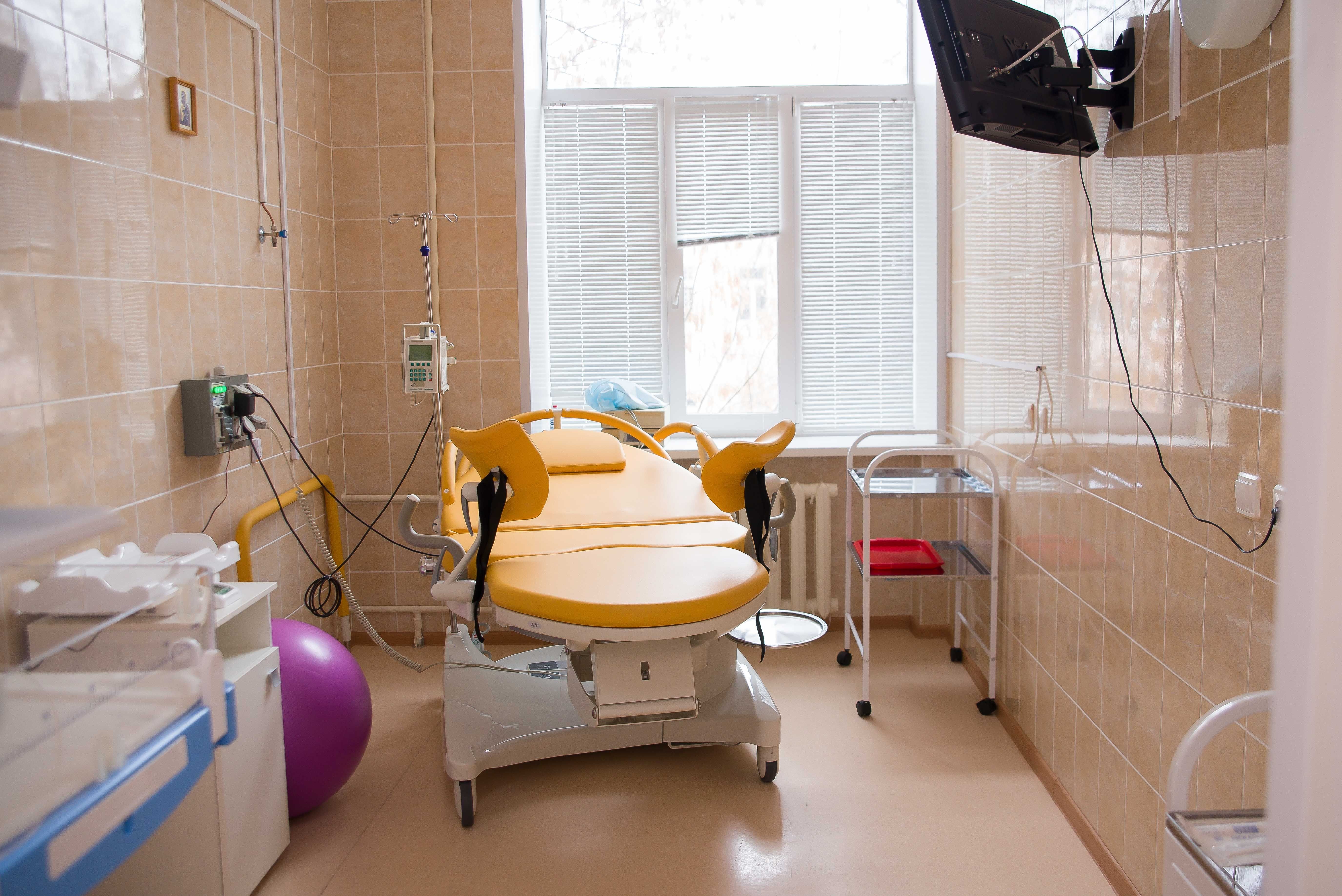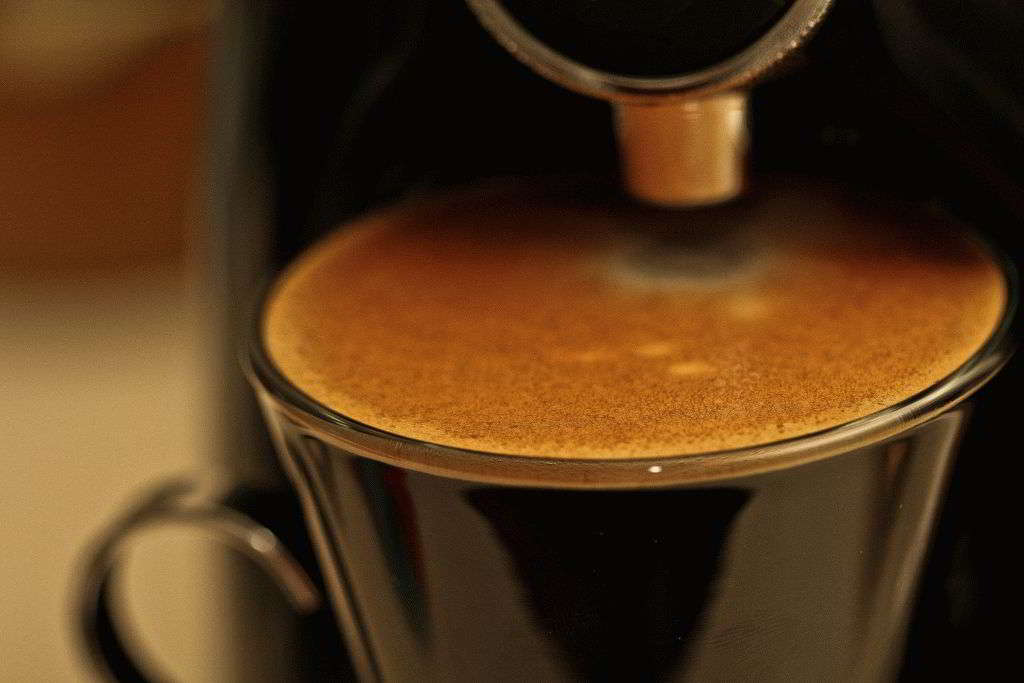Rating of the best camera models for professionals for 2024

Technologies in the modern world are developing at a tremendous speed and most people today do not even have time to follow the latest technology, learning about them only after the fact. It would seem that in 2024 no one will be surprised with a good camera - now even budget Chinese smartphones are equipped with triple modules with a 48 MP main sensor.
However, despite this, modern smartphones still cannot reach the level of professional cameras, which is not surprising - just look at how much good optics cost (like a brand new mobile phone). So for anyone who is really passionate about photography or even makes a living from it, the difference between a phone and a camera is not just noticeable - it is colossal. Since there were quite a lot of interesting announcements and presentations in the world of cameras in 2019 and the beginning of this year, it's time to study the new rating of the best camera models for professionals for 2024.
The review will present only professional cameras that have received positive reviews not only from users, but also from reputable organizations, such as the Association of European Journals for Audio and Video Equipment. For convenience, the rating is divided into two blocks - with SLR and mirrorless cameras (for a quick acquaintance with the characteristics, you can use the table at the end of each section).
Mirrorless cameras

Despite the seemingly “eternal” hegemony of DSLRs, now there is a really worthy competitor for them - mirrorless cameras. They appeared not so long ago, and many people far from photography may well even know what is the peculiarity of their structure - namely, in an electronic viewfinder (which replaces the mirror mechanism). The advantages of mirrorless cameras are obvious:
- Compact dimensions. It is simply physically impossible to make a DSLR camera small due to its more complex design.
- Electronic viewfinder. In fact, it replaces the mirror, and its main advantage is the ability to preview the photo with all settings and corrections before it was taken.
- Matrix stabilization. Modern devices can compensate for manual shooting up to seven stops of exposure.
- There are no problems and complexities of back- and front-focus (system misses during autofocus).
- Video filming. Everything here is generally simple - mirrorless cameras are more adapted to shooting. For comparison, top-end DSLRs can record video in UltraHD, while mirrorless cameras can record in 4K.
Nikon Z6

Average price: 170,000 rubles
If Nikon was able to surprise users with something more than the release of its own full-frame system, it was the new Nikon Z mount. Now the lens mount is fixed not by five, but by four screws. The block for pairing contacts has also increased (from 8 to 11). But, the main surprise is the significantly increased inner diameter. The company itself explained this decision by the fact that it is easier to create higher-quality high-aperture optics this way.A lot of speculation and disputes between users about the capabilities of the bayonet have flared up on the network, but here's what is known for sure:
- the stabilization capabilities were expanded (by increasing the space around the full-format sensor, the system received a five-axis offset, as well as a pixel offset known as pixel shift);
- compensation for the rotation of the celestial sphere (reduces the likelihood of stripes from the movement of stars during ultra-long exposure);
- the maximum angle of coverage of the incident beam has significantly increased - up to 44 ° (which is significantly higher than that of the main competitors - Sony E and Canon EF);
- increased weight of the mount;
- new level of compatibility by easily adapting optics from other companies and systems.
The Nikon Z6's frame is made of a magnesium alloy shell. This solution allows for a lighter structure, and at the same time adds to it the necessary rigidity and strength necessary to protect fragile contents. For added safety, all external joints and seams have received sealing sleeves to protect against water and dust ingress.
Another innovation of the camera is the new Expeed 6 processor, the main features of which are increased performance when analyzing data from the sensor, the speed of creating images and the ability to shoot in 4K.
The mechanical shutter of the camera has a good guaranteed resource - 200 thousand cycles. As for the shutter speed, in automatic mode it is 1/8000 s (minimum) and 30 s (maximum). There is a manual bulb mode that allows you to independently control the duration of the exposure.
As befits a top-class camera, Nikon Z6 has in-camera image stabilization, which is based on the movement of the sensor along five axes with compensation for horizontal and vertical shifts, as well as angular deviations and rotations to the sides along the optical axis of the lens. There is an anti-vibration vibration reduction system.
Shooting comfort is not the main, but a very important parameter, so Nikon decided to take care of its customers by equipping the camera with a viewfinder. The image is formed into a small 1.2 cm OLED screen with a resolution of 3.7 MP. By the way, the refresh rate of the display is quite high - 60 frames / s, which is quite sufficient when working in normal conditions. Also, a special fluoride antireflection coating is applied to the protective glass, which suppresses and minimizes parasitic reflections, and also has a dust-repellent base.
The Z6 display is a 3.2-inch liquid crystal display with a resolution of 2.1MM and a viewing angle of 170 °. Convenient features include swiping the captured content with your finger and focusing by pointing to a point. The camera received an information display - not the most necessary, but still a rather useful addition. Using this screen, you can get information about the selected flash mode, exposure compensation, battery level, the number of available frames (that is, the remaining space on the memory card) and the parameters of the exposure triad. All data can be easily read from the display both in sunny weather and at night - no additional illumination or eye strain is needed (a quick glance is enough).

All camera interfaces are located on the left side and are divided into two groups (everything is closed with a tight cap):
- the first group includes 3.5 mm audio and video outputs;
- in the second - a slot for the remote control and HDMI and USB 3.0 (Type-C) connectors.
There is only one memory card slot in Nikon Z6 and, at the same time, it is not designed for a standard SD card, but for a new and rather rare XQD. It is difficult to understand why this decision was dictated, because XQD was originally intended for cameras that shoot video in 8K, but even the Sony that developed the drives today is not too keen to switch from proven and common SDXC cards.
For the autonomy of the camera, the EN-EL 15b battery is located in a compartment hidden by a hinged plastic cover. Interestingly, the battery can be charged not only by charging, but also through the Power Bank right during the operation of the device. Opening hours can be calculated from official data:
- 310 shots using viewfinder;
- 380 shots using the display.
You can replace the standard power supply with EN-EL 15 and EN-EL 15a batteries, but their performance is inferior to the original ones and cannot be charged while the camera is running.
The Z6 does not have a built-in flash. A native Nikkor Z 24-70mm f / 4 S model is available as lenses.
The main characteristics of the camera:
- focal length: 24-70 mm;
- aperture - f / 4 (minimum) and f / 22 (maximum);
- angles of view 84 ° -34 °;
- there is automatic and internal focusing;
- focusing distance (min): 30 cm;
- dimensions ∅77.5 × 88.5 mm with a weight of 500 grams.
- durable body;
- protection from moisture and dust;
- new items are used: Expeed 6 processor and Nikon Z mount;
- additional informative display;
- 3.69 mm electronic viewfinder at 60 frames / s;
- silent shooting;
- electronic stabilization;
- video in UHD 4K (30 fps);
- autonomy;
- USB 3 and HDMI interfaces;
- charging during operation;
- outputs for audio / microphone;
- Wi-Fi and Bluetooth.
- using XQD;
- lack of built-in flash;
- no GPS;
- there is no NFC module;
- there is no possibility of backing up the captured content on drives.
Fujifilm X-T3

Average price: 110,000 rubles
One of the major upgrades of Fujifilm X-T3 is considered to be a sensor with a resolution of 26,000,000 pixels and backlighting of photodiodes, as well as a high-performance X-Processor IV. However, first things first.
The body of the model is almost completely identical to its predecessor, however, Fujifilm has always been distinguished by a conservative approach to updated models. All elements of the X-T3 are located in their usual places and even have a similar shape. From the changes - a slightly increased width and thickness, and as a result - weight. The frame of the model is all-metal and is made of an aluminum-magnesium alloy, which has a good effect on the durability, lightness and protective characteristics of the camera.
On the right edge of the camera is a set of interfaces hidden under a lid with a lock (as well as a neck strap eyelet), which includes:
- Type D (aka HDMI).
- Type C.
- Jack (x2) 3.5 mm for microphone and headphones.
The manufacturer took care of the comfort of the buyers and equipped the cover with a latch, which can be removed by sliding it, which is extremely convenient when the wires are connected.
On the left side there is another compartment, this time for external flash drives - SDXC (supporting the UHS-II standard). There is also a second eyelet for a neck strap, a connector for a remote control and two memory slots.
The X-T3 display can move along three axes, but it will not work to rotate it towards you to be able to take selfies comfortably. But you can take pictures from an overhead position or from low angles that are inconvenient to the subject.
To increase the level of convenience in portrait orientation, and at the same time to increase the battery life, the device is equipped with a handle, which houses the battery compartment. Interestingly, the compartment holds two batteries that are discharged in sequence.
Fujifilm X-T3 has good compatibility with X Mount optics. For understanding - today its lineup exceeds 20 lenses and this is not the limit - apparently, the company plans to announce several more models.
The camera has an X-Trans CMOS IV sensor, designed specifically for Fujifilm X. Its features include 26 million effective pixels. Another innovation worth highlighting is the emergence of a backlit BSI sensor. Such sensors are often used in smartphones and action cameras, that is, in devices with a small matrix. “Squeezing” a BSI sensor into a Fujifilm X-T3 camera is a very difficult task, because an enormous amount of work needs to be done to equalize the signal-to-noise ratio. Fortunately, the developers managed to implement their idea and the indicators went up from 6 dB to 12 dB. As a result, the light sensitivity has been significantly improved and the dynamic range of the sensor (photographic latitude) has significantly expanded.
The company, quite expectedly, used not a standard Bayer array as a filter for the color image sensor, but a proprietary one and X-Trans, among the advantages of which is a decrease in the level of moiré and suppression of color distortions.

The X-T3 uses a new image processor X-Processor 4. There is not much information about it, but it is known that it allows you to expand the capabilities of the camera in modeling various types of film and photographic film, and also improves the process of tracking moving objects, increasing focusing speed (in addition, there are additional opportunities for video shooting).
What the camera has added really seriously compared to the previous model (X-T2) is the autofocus system. A huge number of sensors are located throughout the sensor of the novelty - more than two million. The sensitivity has also increased from a modest -1 to -3 EV, which allows the camera to focus quickly even in low light conditions (the developers claim that only one candle light is enough).
The fast processor allows the camera to refocus and change exposure 1.5 times faster than the previous model, thanks to a refined phase detection algorithm. So shooting subjects with high speed or chaotic movement will no longer be a problem - users highlight the excellent tenacity and accuracy of autofocus. Not spared the innovations of the system for detecting eyes and faces, the speed of which has doubled even in continuous autofocus mode.
Camera characteristics:
- OLED 0.5 ″, 3.69 million dots display with a focal length of 50 mm;
- maximum shooting resolution - 4096 × 2160 px;
- diagonal angle of view - 38 °;
- there is automatic manual, tracking and single focusing;
- dimensions: 133 × 93 × 59 mm with a weight of 539 grams.
- durable body;
- dust and moisture protection;
- shooting parameters (4K at 60fps, 120 fps FHD);
- large selection of optics;
- excellent color rendering;
- slots for two memory cards UHD XC II;
- fast processor;
- tenacious autofocus;
- low color noise;
- powered by batteries or power bank.
- the price of the handle-slot for the battery is too high;
- not very convenient to hold with a large lens due to the small size of the camera itself;
- Lots of buttons and wheels - it won't be easy to figure it out on the fly if you're not familiar with Fujifilm products.
Canon EOS RP

Average price: about 95,000 rubles
Canon's first full-frame camera is the EOS R, introduced in 2018, but its more affordable 2019 counterpart, the Canon EOS RP, looks more interesting and affordable. The body of the model, according to photography enthusiasts, has absorbed all the best that photographic equipment has achieved over the past decades. The layout of the buttons on the back of the EOS RP looks like a standard Canon DSLR, so getting used to it should be fairly easy.
The battery tray, memory cards and tripod mounting threads are located at the bottom and are secured with a lockable cover. This solution is typical for not too expensive models, but you shouldn't judge the camera only on this basis. On the left edge, there are interfaces hidden under the rubber caps, divided into three groups:
- Audio outputs for microphone.
- HDMI and USB.
- Power connector.
What pleases me is the mobility of the display - it moves along all axes, so selfie lovers can easily photograph themselves. The full-frame sensor has a good 26.2MP resolution and is nearly identical to the Canon EOS 6D Mark II.
All is well with the compatibility of the mounts - not only the native RF is available for operation, but also other lenses of the EF-S and EF series. It should be noted that some models will require adapters, but the company has done everything to make them affordable and simple in design.
Like the previous, more expensive counterparts, the body of the device is made of a metal magnesium alloy, though hidden under a polycarbonate shell. This solution is very reasonable, because the case protects not only from mechanical damage, but also has dust and moisture protection properties. The manufacturer says that the device operates in the temperature range from 0 to +40 ° C, with air humidity less than 85%.
The menu of the device looks pretty nice, and getting used to working with it will not be difficult - fortunately, Canon has always been able to make clear interfaces.
Among the main competitors, the EOS RP stands out for its good sensor resolution, excellent autofocusing (Dual Pixel CMOS AF technology is used) and the most acceptable dimensions. At the same time, there are also disadvantages - the display and the viewfinder are frankly weak points of the camera, there is no in-camera image stabilization, and the autonomy parameters are inferior to the main competitors.
Camera characteristics:
- display resolution - 1,040,000 pixels;
- maximum shooting speed - 5 frames / s;
- maximum video resolution - 3840 × 2160 (30p);
- battery capacity (CIPA) - 250;
- dimensions: 133 × 85 × 70 mm with a weight of 485 grams.
- Compatible with EF and EF-S series optics;
- Digic 8 processor;
- sensor resolution - 26 MP;
- automatic focusing (Dual Pixel CMOS AF technology);
- shooting speed up to 5 frames / s;
- maximum resolution - 3840 × 2160 px at 25 frames / s;
- JPEG frame buffer - until the drive is full, RAW - up to 50;
- cost;
- weight and dimensions.
- connection interface - USB 2.0;
- there is no intra-camera image stabilization;
- an outdated sensor is used.
The model was recognized as the most successful in terms of price / quality ratio according to the EISA.
comparison table
| MODEL | CPU | IMAGE STABILIZATION | ISO RANGE | RESOLUTION | STORAGE DEVICE | VIDEO RESOLUTION | PRICE, RUB.) |
|---|---|---|---|---|---|---|---|
| Fujifilm X-T3 | X-Processor | - | 160-12800 | 26 megapixels | SDXC (UHS-II), SDXC (UHS-II) | 4096 × 2160 60p | 110 000 |
| Nikon Z6 | Expeed 6 | - five-axis; - 5 EV. | 100-51 200 | 24.5MP | XQD | 3840 × 2160 30p, | 170 000 |
| Canon EOS RP | Digic 8 | - | 100-40 000 | 26 megapixels | SDXC (UHS-II) | 3840 × 2160 30p, | 95 000 |
SLR cameras

Devices with a mirror mechanism have long entered the life of all fans of photography and, so far, no major changes are expected, because they have a number of significant advantages:
- Cost. At the same price, mirrorless cameras will still lose in terms of photo quality.
- Autonomy. Due to the lack of an electronic viewfinder and large body sizes, these cameras are equipped with a larger battery. The number of shots that can be taken on a single charge is up to 3000.
- Turn-on speed.
- Higher level of reliability and durability of components.
Canon EOS 5D Mark IV

Average price: about 135,000 rubles
The 5D series cameras have been around since the first version in 2005. Although the Mark IV did not make the same breakthrough as its progenitor, the device still became the object of intense professional scrutiny.
Canon EOS 5D Mark IV received a completely new sensor, consisting of 30.4 million effective image pixels, represented by paired light receiving cells, located under the filter and microlens. This technology is called Dual Pixel CMOS AF, and its key feature is the ability to refine the sharpness and shift of the "bokeh" pattern.
The autofocus system has also undergone changes. Now it is a grid of 61 sensors, of which 41 with a cruciform structure and 5 (located in the central part) in addition cover the left and right diagonal directions. This approach allows autofocus to show good results at aperture - up to f / 8 (previously this figure was at around f / 5.6).
The new exposure sensor, in conjunction with the Digic 6 processor, allows for high-quality implementation of intelligent tracking and object recognition functions, as well as tracking the appearance of flicker. The sensor is sensitive to basic RGB color and infrared light.
The capabilities of the new Digic 6 processor include reading and processing data from a matrix, creating an image and its subsequent correction. It also becomes possible to use a hardware optics optimizer and a 4K shooting mode at 30 fps. The noise reduction system has been significantly improved and the likelihood of image artifacts at high ISO has been reduced, which makes the noise smoother and more pleasing to the human eye.
The mechanics of the mirror have also undergone changes.The suspension system is now more "rigorous" as additional components have been added to stabilize the primary and secondary mirrors. As a result, the likelihood of image blurring, as well as the level of vibration, is reduced. The mirror is driven by a new motor, which makes all the manipulations a little quick, which allows you to increase the rate of fire.
What fans of the camera have been waiting for a long time is touch control via the display. You can now scroll through menus, select items and specify the AF area (in Live View) with your fingers. For those who are accustomed to "mechanics", there is a convenient joystick on the rear panel, which can also be used to adjust the autofocus zone, so the innovation is rather just a pleasant addition, rather than a complete replacement of the control system.
Many people talk about the identity of the design of the old Mark III and the new Mark IV, and it really is - the differences are only millimeters in size and a few grams in weight. However, Canon has always been somewhat conservative about what works well, and the design and ergonomics of the 5D series are just about what is almost great.
Of course, one cannot but compare the new product with its predecessor. Here's what the company got out:
- The Mark IV received GPS and Wi-Fi modules, a slightly expanded ISO range, a new sensor (with better noise reduction), a modern high-performance processor, a new mirror position control mechanism and, of course, the ability to shoot videos in 4K / Full HD formats at 30 fps ...
- Outwardly, the differences are minimal, so yes, the Mark IV is indeed a substantially modified third version, which will definitely delight fans of the series.

The main characteristics of the camera:
- resolution 3.2 ″ TFT RGBW display - 1,620,000 pixels;
- maximum shooting speed - up to 7 frames / s;
- maximum video resolution - 4K at 30 fps;
- battery life - 900 pictures;
- dimensions: 151 × 116 × 76 mm with a weight of 800 grams.
- good rate of fire;
- GPS and Wi-Fi support;
- productive Digic 6;
- autonomy;
- the presence of a touch display;
- noise suppression;
- shooting video in 4K format at 30 fps;
- dust and moisture protection;
- the convenience of use.
- decent size;
- competitors offer their models cheaper.
Pentax K1 Mark II

Average price: about 165,000 rubles
Pentax is a serious company with a worldwide reputation, and therefore its novelties always attract the attention of all amateur photographers. The K1 Mark II features a durable magnesium alloy body and good dust and moisture resistance to protect the internal components from a wide variety of damage and impacts. The manufacturer claims that the camera works great even in sub-zero temperatures down to -10 ° C.
Of the features worth highlighting:
- Built-in Shake Reduction - 5-axis image stabilization, thanks to which the pictures are obtained quality in all conditions (no blurring of lines, blurring of silhouettes, etc.).
- High sensitivity, clarity and contrast allow you to take pictures even in the dark without significant loss in quality.
- The SPixels Shift Resolution II system uses sensor shift to capture ultra-high resolution images with great detail. As the owners point out, the result is very decent even without the use of a tripod (photographing "hand-held").
The image processing system has undergone significant improvements, combining a processor, sensor and acceleration unit (one of the most significant differences from its predecessor). The dynamic range of the sensor was 14.6 EV at ISO - 100. In this case, the information goes first to the accelerating unit, and only then reaches the Prime IV processor.
The sighting system is standard for all SLR cameras, but automatic focusing received 33 sensors, 25 of which are cross-shaped, and 3 are central (they provide confident operation in the range from -3 to +20 exposure stops).It is worth highlighting the presence of in-camera image stabilization - this parameter has always given Pentax an advantage over its direct competitors Nikon and Canon, where shake was compensated for using additional tools.
The main characteristics of the camera:
- LCD 3.2 ″ display with 1.04 million pixels;
- maximum shooting speed up to 6.5 fps;
- maximum video resolution - Full HD at 1920 × 1080 px at 60 fps;
- battery life - no more than 670 shots;
- dimensions: 110 × 137 × 86 mm with a weight of 1010 grams.
- many optics at affordable prices in the secondary market;
- excellent dust and moisture protection;
- high sensitivity, clarity and contrast;
- excellent image processing system;
- ergonomics;
- build quality;
- SPixels Shift Resolution II system;
- high quality photos even in the dark and at subzero temperatures;
- built-in 5-axis image stabilizer.
- substantial weight;
- autonomy;
- cost;
- high price for optics.
comparison table
| MODEL | CPU | IMAGE STABILIZATION | ISO RANGE | RESOLUTION | STORAGE DEVICE | VIDEO RESOLUTION | PRICE, RUB.) |
|---|---|---|---|---|---|---|---|
| Pentax K1 Mark II | Prime IV | 5 EV | 100-819200 | 36 megapixels | SDXC (UHS-I), SDXC (UHS-I) | 1920 × 1080 px | 165 000 |
| Canon EOS 5D Mark IV | Digic 6+ | - | 100-102400 | 30 megapixels | CompactFlash, SDXC (UHS-I) | 4096 × 2160 px | 135 000 |
Summing up

Finding a high-quality professional camera in 2024 is a completely solvable task, but you need to be prepared for significant expenses, because the mounts for such equipment are also quite expensive. However, the camera market today is developing very rapidly and offers both SLR and mirrorless models that are amazing in their capabilities, among which you can find equipment for any task and for any wallet. So, the most interesting inexpensive camera in 2024 can be considered the Canon EOS RP, the best advanced mirrorless camera is the Fujifilm X-T3, and among DSLRs, with a limited budget, the Canon EOS 5D Mark IV will still be preferable.
new entries
Categories
Useful
Popular articles
-

Top rating of the best and inexpensive scooters up to 50 cubic meters in 2024
Views: 97661 -

Rating of the best materials for noise insulation for an apartment in 2024
Views: 95022 -

Rating of cheap analogues of expensive medicines for flu and colds for 2024
Views: 91750 -

The best men's running shoes in 2024
Views: 87680 -

Top ranking of the best smartwatches 2024 - price-quality
Views: 85091 -

Best Complex Vitamins in 2024
Views: 84801 -

The best dye for gray hair - 2024 top ranking
Views: 82406 -

Rating of the best wood paints for interior use in 2024
Views: 77202 -

Ranking of the best action cameras from China in 2024
Views: 75269 -

Rating of the best spinning reels in 2024
Views: 74827 -

The most effective calcium supplements for adults and children in 2024
Views: 72462 -

Top rating of the best means for male potency in 2024 with a description
Views: 68296









